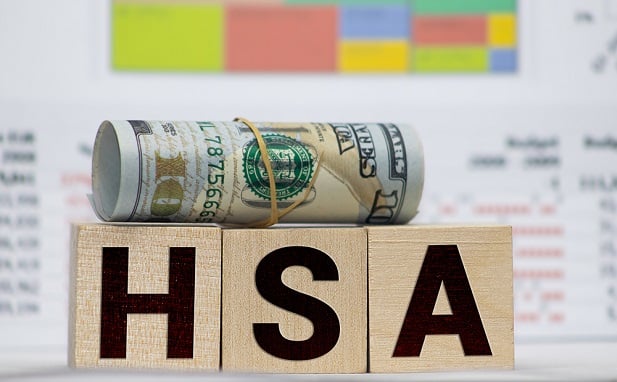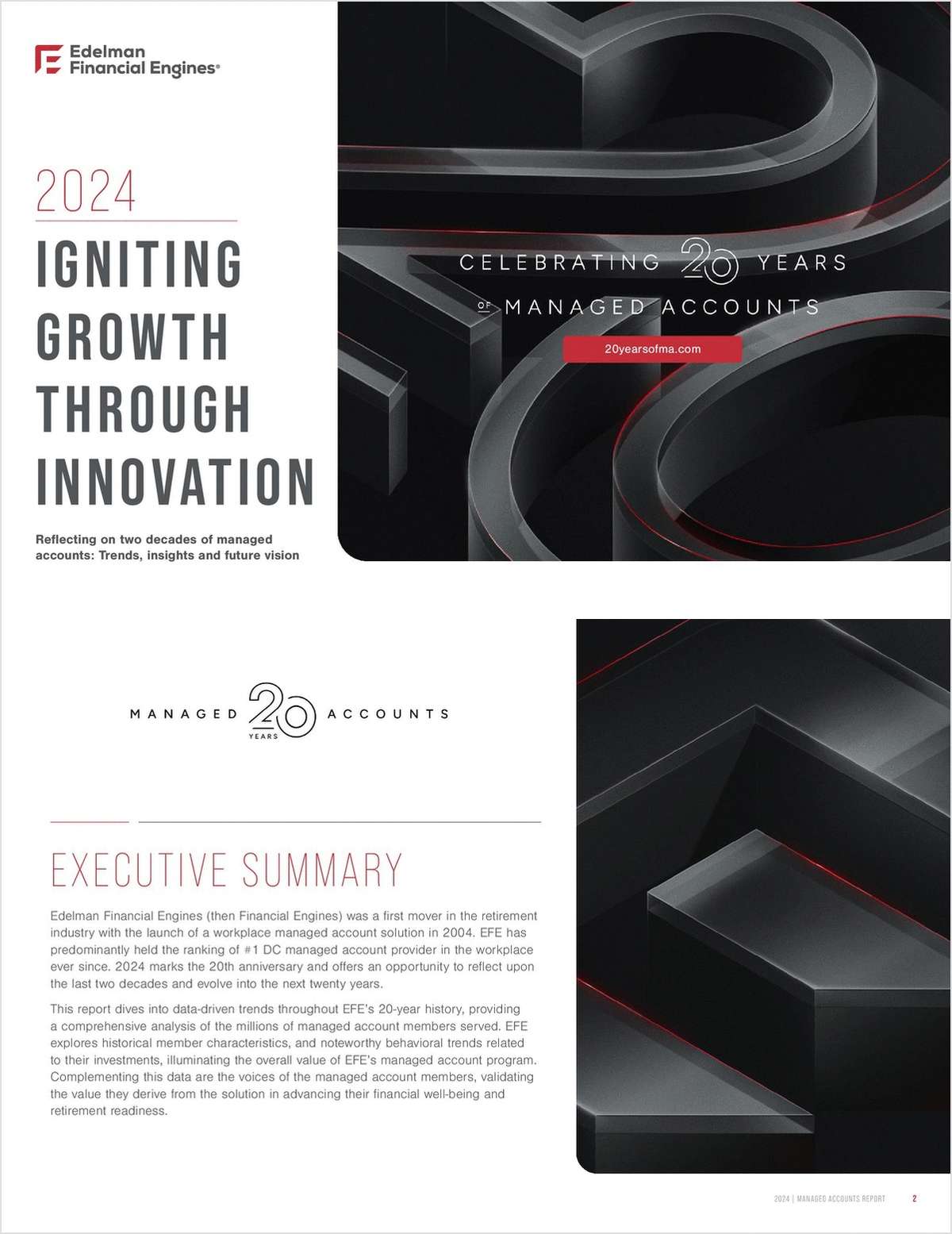The Health Savings Account (HSA) vehicle has significantly evolved since its development in 2004. While the industry previously prioritized spending and saving, 2019 marked the beginning of a new era. It not only introduced the retail revolution that sparked a new paradigm of investing that will transform consumers' financial lives over the next decade, it also initiated The Age of the Investor for the HSA industry.
Continue Reading for Free
Register and gain access to:
- Breaking benefits news and analysis, on-site and via our newsletters and custom alerts
- Educational webcasts, white papers, and ebooks from industry thought leaders
- Critical converage of the property casualty insurance and financial advisory markets on our other ALM sites, PropertyCasualty360 and ThinkAdvisor
Already have an account? Sign In Now
© 2024 ALM Global, LLC, All Rights Reserved. Request academic re-use from www.copyright.com. All other uses, submit a request to [email protected]. For more information visit Asset & Logo Licensing.









